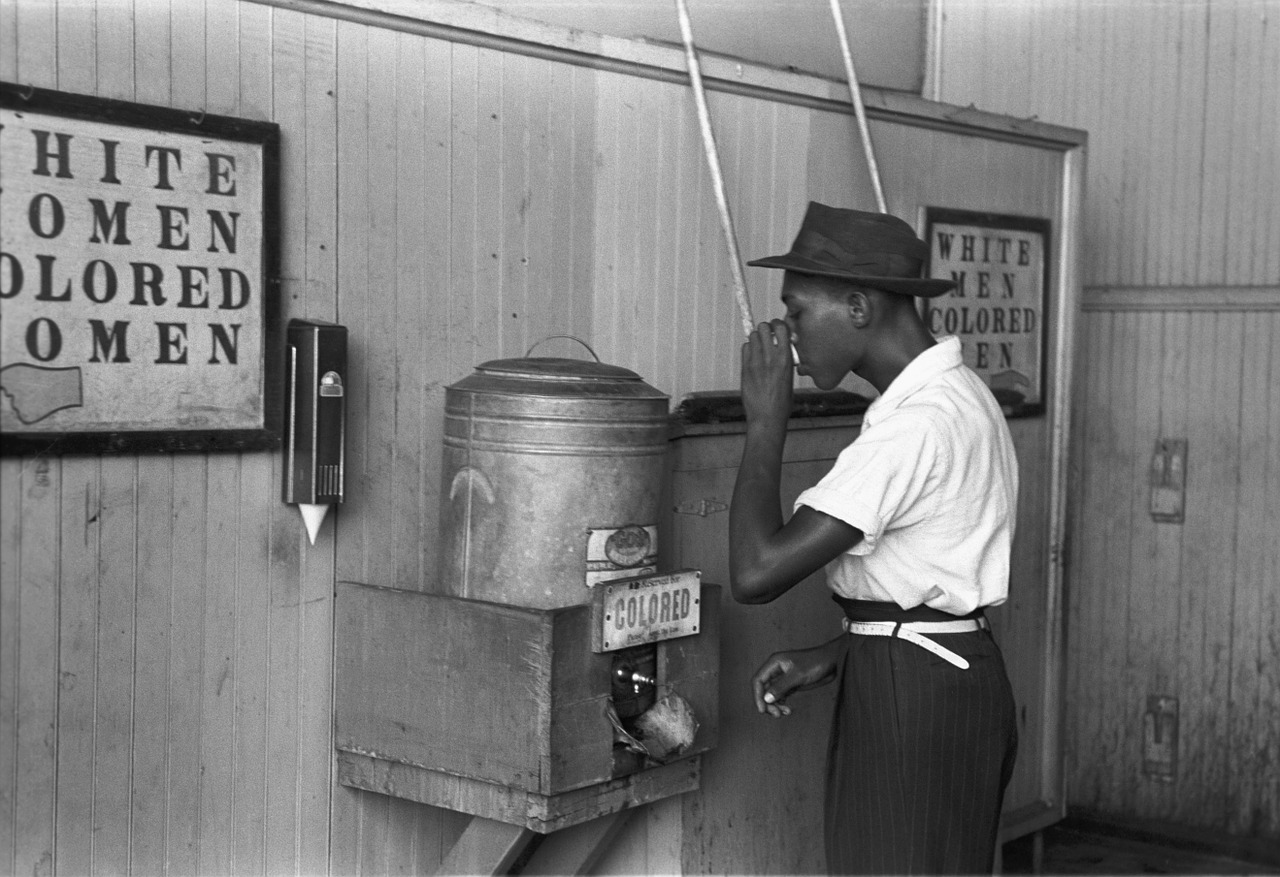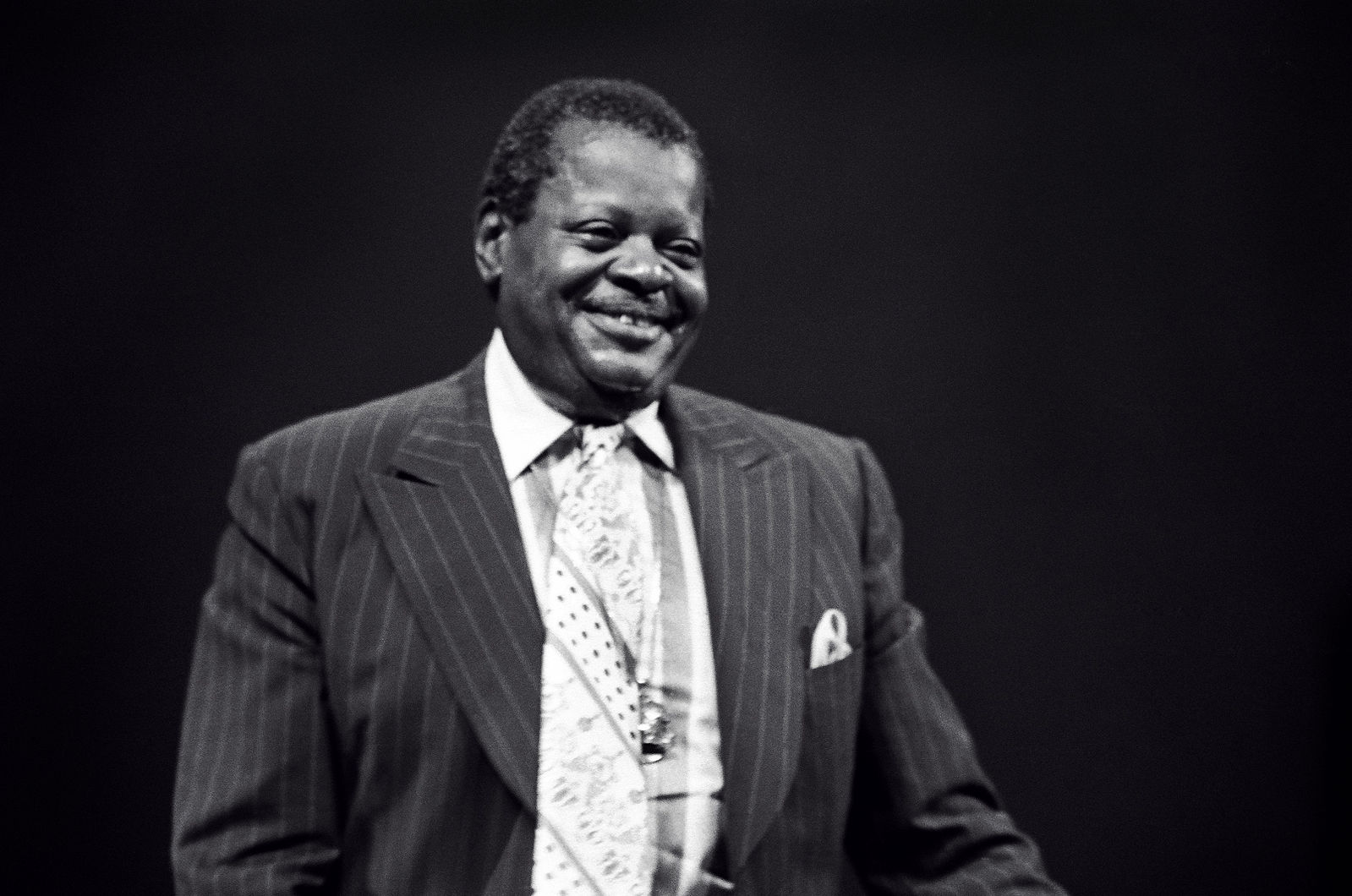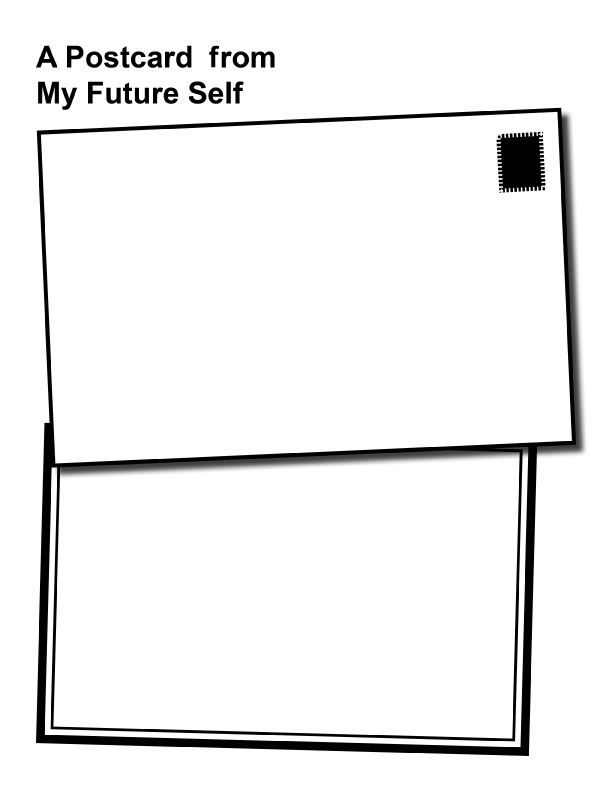The Story of Viola Desmond
Learning Goals
At the end of this lesson, you will be able to:
- Understand and use new vocabulary words
- Read words ending in -le
- Summarize a text
- Change two simple sentences into a compound sentence
- Use irregular verbs
- Discuss your short-term goals

Get Ready to Read
- What is racism?
- Have you seen or experienced an example of racism?
Vocabulary
Figure out what the bold word means by looking at how it is used in the sentence. Match it to the best meaning.
| 1. Viola had her own line of beauty products. | a. Responsible for carrying out a crime or doing something wrong |
| 2. The police had to drag her. “I just sort of went limp,” Viola said. “I didn’t want to make it easy for them.” | b. A person who helps people with the law |
| 3. She was found guilty of paying for a balcony ticket and sitting on the main floor. | c. Something that is sold in stores |
| 4. Nobody had told her she could call a lawyer, so she had to argue for herself in court. | d. Not firm or stiff |
Answer each question with a complete sentence. Use the word in bold.
- What are your favourite products from the grocery store?
- Some people think that the prison system does not help people who are guilty of crimes to act differently in the future. What do you think?
- Would you want to be a lawyer? Why or why not?
Word Attack Strategy
A syllable is a beat in a word. Each syllable has one vowel sound. For example, cat has one syllable. Catnip has two syllables: cat + nip. Syllables follow different patterns. In this chapter, you will study the consonant –le pattern.
Word Patterns
Look at these words:
- table
- little
- able
- single
They all end with a consonant followed by the letters –le. These three letters make one syllable:
- ta-ble
- lit-tle
- a-ble
- sin-gle
Every syllable needs a vowel. The e is just there to be a vowel. The e is silent.
Break these words into syllables.
1. cuddle = _______ + _______
2. giggle = _______ + _______
3. staple = _______ + _______
4. ankle = _______ + _______
5. puddle = _______ + _______
6. candle = _______ + _______
7. handle = _______ + _______
8. sprinkle = _______ + _______
9. paddle = _______ + _______
10. sample = _______ + _______
11. middle = _______ + _______
12. battle = _______ + _______
13. bottle = _______ + _______
14. title = _______ + _______
15. example = _______ + _______ + _______
Join two syllables to make a word.
16.
| fid | ple |
| cat | dle |
| ap | tle |
17.
| sim | cle |
| un | dle |
| cra | ple |
18.
| strug | ble |
| puz | gle |
| ca | zle |
Use Your Reading Skills
Read The Story of Viola Desmond in your reader. Return to this page when you are done.
Check Your Understanding
Sum Up the Main Idea
1. What is the topic of this text?
a. Viola Desmond
b. Beauty products
c. Movie theatres
2. What is the main idea of this text?
a. This text explains what to do if you get arrested.
b. This text is about the history of movie theatres in Nova Scotia.
c. This text tells the story of how Viola Desmond stood up for the rights of black people in Nova Scotia.
3. Open and print this Sum It Up sheet. Fill it in with the main idea.
Writers support their main ideas with details. A detail could be a fact or an example. What details support the main idea? In other words, what did Viola do to stand up for the rights of black people in Nova Scotia?
4. Add supporting details to your Sum It Up sheet. You do not need to fill all the boxes.
Understanding Cause and Effect
Read the words in 1, 2, 3, and 4. Choose the best ending to complete each sentence: a, b, c, or d.
1. Viola went to see a movie at the Roseland Theatre _____
2. Viola was taken from the theatre by police _____
3. Viola had to defend herself in court _____
4. The province got rid of its racist laws _____
a. because her car broke down and she was waiting for it to get fixed.
b. because Viola’s case brought people together to fight for equality.
c. because she refused to sit where the black people were supposed to sit.
d. because nobody told her she could call a lawyer.
Grammar
Compound Sentences
We can make our writing more interesting by using a variety of sentence types. So far, you have learned about simple sentences. A simple sentence has one subject and one verb. In this lesson, you will study compound sentences.
A compound sentence joins two simple sentences together with a comma and one of these words:
| and | used to add information |
| but | used to show contrast |
| or | used to show options |
| so | used to show the effect of something |
These words are called conjunctions. Conjunctions are joining words.
Turn each pair of simple sentences into one compound sentence. Remember to add a comma and a conjunction. The first one is done for you as an example.
1. Viola had some free time. She decided to go to a movie.
Viola had some free time, so she decided to go to a movie.
2. Viola wanted to sit on the main floor. The staff told her she could not.
___________________________________________________________________
___________________________________________________________________
3. Viola went back to the ticket booth. She asked for a ticket for the main floor.
___________________________________________________________________
___________________________________________________________________
4. She was told that the main floor was for white people. The balcony was for black people.
___________________________________________________________________
___________________________________________________________________
5. Viola could not see from the balcony. She sat on the main floor.
___________________________________________________________________
___________________________________________________________________
6. The police said, “You must move now. We will arrest you.”
___________________________________________________________________
___________________________________________________________________
7. Nobody had told her she could call a lawyer. She had to defend herself.
___________________________________________________________________
___________________________________________________________________
8. She did not know how courtrooms worked. She was found guilty.
___________________________________________________________________
___________________________________________________________________
Irregular Verbs
Grammar Rule
To make the past tense form of most verbs, add an –ed ending:
• Viola dreamed of having her own beauty product business.
• She decided to go see a movie while she waited for her car to be fixed.
• She asked for a ticket for the main floor.
• The police grabbed her by the arms and took her from the theatre.
• Her husband begged her to forget about what had happened and move on.
Some verbs break this rule. These verbs are called irregular verbs. You have to memorize the past tense form of irregular verbs.
Match each present form verb to its irregular past tense form.
| Present Tense Form | Past Tense Form |
| 1. say | did |
| 2. make | left |
| 3. go | told |
| 4. take | began |
| 5. come | brought |
| 6. see | wrote |
| 7. know | thought |
| 8. get | kept |
| 9. fight | became |
| 10. find | felt |
| 11. do | said |
| 12. think | saw |
| 13. tell | made |
| 14. become | got |
| 15. leave | found |
| 16. feel | fought |
| 17. bring | took |
| 18. begin | went |
| 19. keep | knew |
| 20. write | came |
Fill in the blanks. Use the past tense form of the verb in brackets.
Oscar Peterson was one of the most famous jazz musicians in the world. But as an African Canadian, he faced a lot of racism. He (begin) _______________(21) his career as a musician at age 14. People (call) ______________(22) him “boy” even after he grew up. His fame (take) _____________(23) him many places, so he often stayed in hotels. Some hotels (tell) _____________(24) him to leave because of the colour of his skin. There were restaurants where he (play) _____________(25) for white crowds but then had to go eat in his car. White people (do) _____________(26) not eat with black people. He (say) _____________(27) that sometimes he lost his temper over these things. But later on, he just (feel) _____________(28) sorry for racist people. He (keep) _____________(29) on making music. He (write) _____________(30) a song called Hymn to Freedom. The song was inspired by the people who (fight) _____________(31) for equal rights. Hymn to Freedom was played during the ceremony in which Barack Obama (become) ______________(32) America’s first black president.

Writing
Write a Summary
Writing Task
Look back at the Sum It Up sheet you wrote about Viola Desmond. Write a summary of the text. It should be between 5 and 10 sentences.
Use this checklist to edit your work:
- Did I write it in my own words?
- Did I avoid giving my opinion?
- Did I begin with a topic sentence that says what I am summarizing and who wrote it?
- Did I include the main ideas?
- Did I leave out less important details?
- Do all of my sentences have a subject and a verb?
- Did I use regular and irregular verbs correctly?
- Is my summary the right length?
Ask your instructor to check your work.
Write a Postcard to Your Future Self
Look back at your Long-Term Goals Medicine Wheel. Choose one long-term goal. Make a list of small steps you could take this week to move toward that goal. These are called short-term goals. For example:
| Long-Term Goal | Short-Term Goals |
| Get a job as a carpenter. |
|
| Have a stronger body. |
|
Writing Task
Imagine yourself 10 years from now. You have reached your long-term goal. On the A Postcard from My Future Self sheet (also shown below):
1. Write a message to yourself about what you did to reach your goal. Use your list of short-term goals to help you.
2. Describe what you like about your life.
3. Choose a picture for the front of your postcard. You can draw one or find one to glue on.
Ask your instructor to check your work.
Answer Key
| Vocabulary | ||
| QUESTION | ANSWER | |
| 1 | c | |
| 2 | d | |
| 3 | a | |
| 4 | b | |
| Word Attack Strategy | ||
| QUESTION | ANSWER | |
| 1 | cuddle = cud + dle | |
| 2 | giggle = gig + gle | |
| 3 | staple = sta + ple | |
| 4 | ankle = an + kle | |
| 5 | puddle = pud + dle | |
| 6 | candle = can + dle | |
| 7 | handle = han + dle | |
| 8 | sprinkle = sprin + kle | |
| 9 | paddle = pad + dle | |
| 10 | sample = sam + ple | |
| 11 | middle = mid + dle | |
| 12 | battle = bat + tle | |
| 13 | bottle = bot + tle | |
| 14 | title = ti + tle | |
| 15 | example = ex + am + ple | |
| 16 | fid-dle, cat-tle, ap-ple | |
| 17 | sim-ple, un-cle, cra-dle | |
| 18 | strug-gle, puz-zle, ca-ble | |
| Check Your Understanding | ||
| Sum Up the Main Idea | ||
| QUESTION | ANSWER | |
| 1 | a | |
| 2 | c | |
| Understanding Cause and Effect | ||
| QUESTION | ANSWER | |
| 1 | a | |
| 2 | c | |
| 3 | d | |
| 4 | b | |
| Grammar | ||
| Compound Sentences | ||
| QUESTION | ANSWER | |
| 1 | so (answer given) | |
| 2 | but | |
| 3 | and | |
| 4 | and | |
| 5 | so | |
| 6 | or | |
| 7 | so | |
| 8 | so | |
| Irregular Verbs | ||
| QUESTION | ANSWER | |
| 1 say | said | |
| 2 make | made | |
| 3 go | went | |
| 4 take | took | |
| 5 come | came | |
| 6 see | saw | |
| 7 know | knew | |
| 8 get | got | |
| 9 fight | fought | |
| 10 find | found | |
| 11 do | did | |
| 12 think | thought | |
| 13 tell | told | |
| 14 become | became | |
| 15 leave | left | |
| 16 feel | felt | |
| 17 bring | brought | |
| 18 begin | began | |
| 19 keep | kept | |
| 20 write | wrote | |
| 21 | began | |
| 22 | called | |
| 23 | took | |
| 24 | told | |
| 25 | played | |
| 26 | did | |
| 27 | said | |
| 28 | felt | |
| 29 | kept | |
| 30 | wrote | |
| 31 | fought | |
| 32 | became | |
Attributions
Different water coolers for people of colour
“Colored” drinking fountain from mid-20th century with african-american drinking by Ilmari Karonen is in the public domain.
Oscar Peterson
Oscar Peterson by Tom Marcello is used under a CC BY SA 2.0 license.


